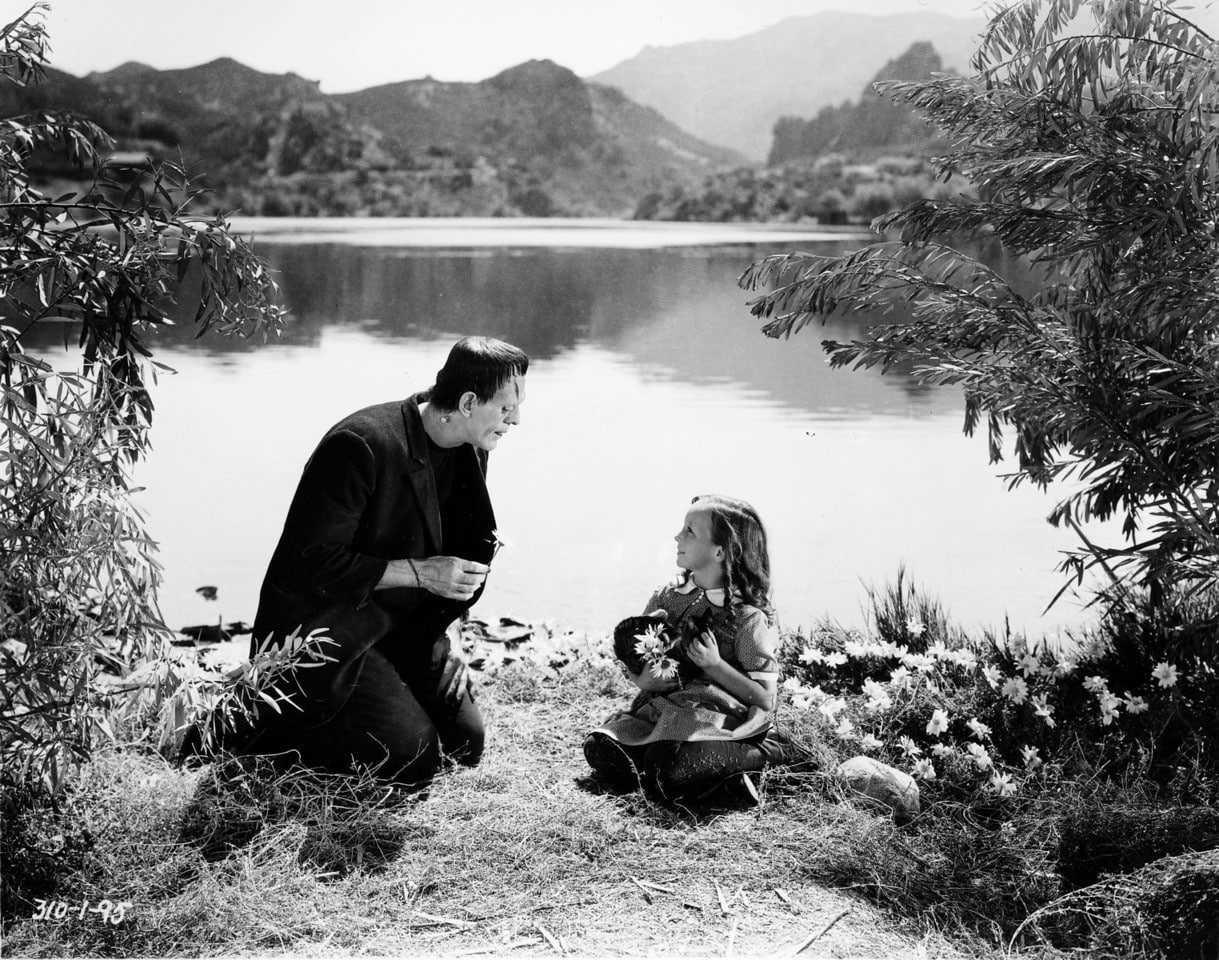There are many themes that someone could see when they read Frankenstein. My reading of Frankenstein was illuminating as I looked at The Creature as a mirror of myself. I read the book through the lens of disability, specifically the difference between the medical and social model of disability. It was through the multiple layers of narration that Mary Shelley used the social model of disability to show readers like me the compassion we can give to those less privileged than us. The social model of disability puts the emphasis on the understanding that The Creature is disabled more by the society he is a part of, rather than his deformity itself. It is the transcripts of Robert Walton, telling the story of Victor Frankenstein and The Creature that it is in fact The Creature that we develop sympathy towards.
The Creature is judged straight away from Victor Frankenstein. He cannot conceive of the horror he has created, ‘How can I describe my emotions at this catastrophe … His yellow skin scarcely covered the work of muscles and arteries beneath; his hair was of lustrous black, and flowing; his teeth of pearly whiteness; but these luxuriance only formed a more horrid contrast with his watery eyes…’ The saying that no matter how ugly a parent will think their child is the cutest is proven wrong with Victor Frankenstein as he forgoes his father of the year. It is from my reading of the novel, that it is not that Victor is unintentionally cruel because he is treating The Creature in the model that was accepted at the time. However; if The Creature’s creator doesn’t accept him, then there is little to no hope of him being accepted into mainstream society.
While reading Frankenstein it struck me that The Creature, is fully aware of his appearance but is hopping that it will be his own self-education that will prove himself worthy of human interaction despite his physical appearance. It is through watching the family that he learns how to be human, so to speak. The Creature is intelligent as he remarks to us, ‘ …I knew that I possessed no money, no friends, no kind of property. I was, besides, endued with a figure hideously deformed and loathsome…’ showing the reader what many disabled know is that: our shortcomings to what society deems acceptable.
The Creature’s self-education began when he starts studying a family of peasants. It is through this family that he learns how to speak and interact. When he cannot watch the family, The Creature reads Plutarch’s Lives, and Paradise Lost by Milton Jones that increases his intellect. It is while he watches the family and their treatment of the blind father, De Lacy that I believe leads him to the false assumption that he will be treated with respect. In the novel The Creature experiences acceptance for a brief moment when De Lacy treats him with respect, remarking on his intellect and language. It is only upon the arrival of the other family members that he treats The Creature based on what he had ‘learned’ from others. This scene is significant as it represents that with De Lacy’s loss of sight; he is the person who in fact can see the clearest.
One of my favourite scenes in the novel is when The Creature confronts Victor Frankenstein, standing up for himself. He says ‘I am thy creature; I ought to be thy Adam; But I am rather the fallen angel, whom thou divest joy from no misdeed. Everywhere I see bliss, from which I alone am irrevocably excluded.’ The Creature states specifically that because of his disability, he is judged and permanently excluded, and for this, he blames his creator. Unless a person becomes disabled because of defective genes, it is unreasonable that they could legitimately blame their parents for their disability. While many disabled people, myself included, accept their fate, The Creature however represents the people who are angry about the fate they have been dealt.
Frankenstein is not just a story of a creature and his creator; it is also an allegory for the social model of disability. Frankenstein’s monster only becomes a monster when he is continually rejected my society and his creator. Like many disabled people, they have to prove themselves continually because they are judged on face value. It doesn’t matter if they have a desire to learn, am smart or properly trained – if you don’t look or act a certain way access will be denied. As Percy Shelley, Mary Shelley’s husband said on The Creature, ‘The circumstances of his existence were so monstrous and uncommon, that… his original goodness was gradually turned into the fuel of an inextinguishable misanthropy and revenge.’

Leave a Reply